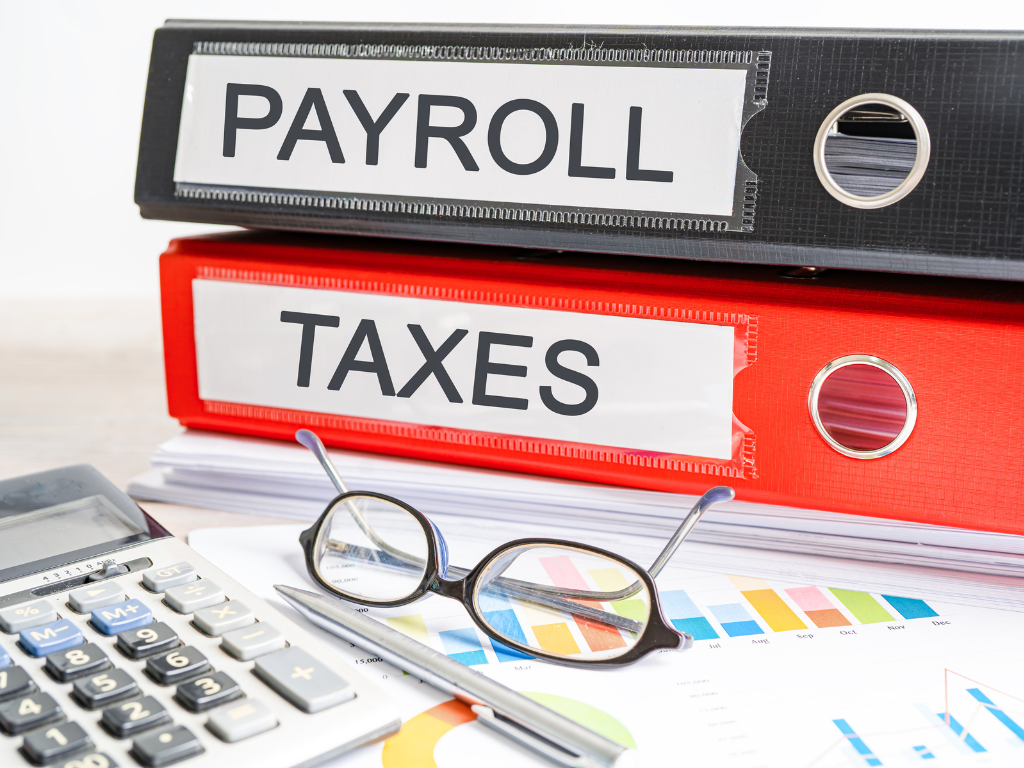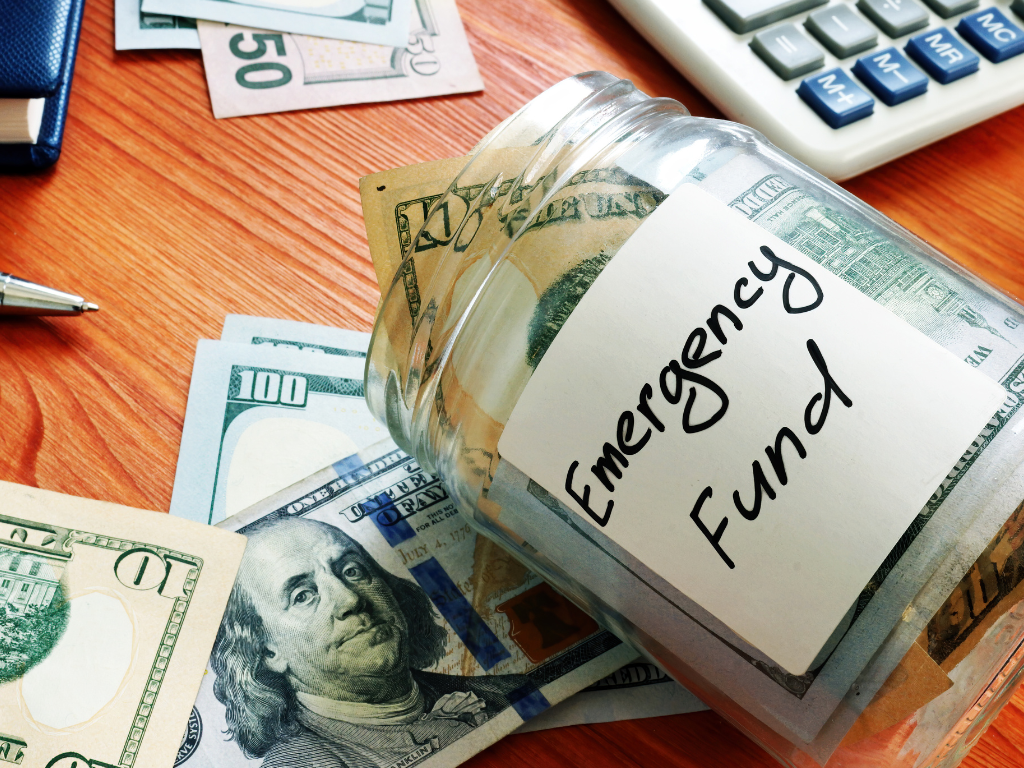The American Rescue Plan Act (ARPA) of 2021 passed Congress and President Biden signed the bill into law on March 12, 2021. The ARPA approves $1.9 trillion in spending for individuals, businesses, governments, and certain industries impacted by the COVID-19 pandemic. The third Act in a year, the ARPA approves additional economic impact payments for individuals; the extension of federal unemployment benefits; additional funds for Paycheck Protection Program (PPP) Loans, and Economic Injury Disaster Loans (EIDL) for hard-hit small businesses; and grants for food and beverage establishments.
Here are the key individual and business provisions in the bill.
Individual provisions in ARPA
The bill extends and slightly alters two key benefits many individuals have been relying upon through the pandemic.
Unemployment – Federal benefits of $300 per week (in addition to state benefits) are extended through Sep. 6, 2021. The first $10,200 in federal unemployment benefits is tax-free for households making less than $150,000 per year in 2020. Taxpayers who received unemployment income may need to update 2020 tax returns if already filed.
Economic impact (stimulus) payments (EIPs) – The IRS will issue another round of EIPs at $1,400 per individual, $2,800 per married filing joint (MFJ), plus $1,400 per dependent. Income phase-out limits reduce from previous EIPs to $80,000 for individuals and $150,000 for MFJ. Full-time students under the age of 24 are now eligible for economic impact payments (EIP), unlike previous rounds. Your 2019 or 2020 adjusted gross income (AGI) is the basis for EIPs, so taxpayers will want to consider when to file their 2020 tax return to ensure a maximum EIP benefit.
Small business funding provisions in ARPA
The bill includes additional funding for small business relief programs, including the PPP, EIDLs, and industry-specific relief.
PPP – The Act allocates an additional 7.25 billion in additional funds, and the eligibility expands to include:
- Nonprofits listed under Sec. 5019(c) that are not (c)(3), (4), (6), or (19)s with 300 or fewer employees can now apply. To be eligible, you must not receive more than 15% of receipts from lobbying, and lobbying cannot comprise more than 15% of activities. The cost of lobbying cannot exceed $1 million.
- Larger 501(c)(3)s and veterans’ organizations with up to 500 employees.
- Larger 501(c)(6)s, domestic marketing organizations, and additional covered nonprofits with up to 300 employees per physical location.
- Internet-only news and periodical publishers with more than one location and no more than 500 employees per location as eligible as long as the organization supports locally-focused or emergency information.
The deadline to apply for first and second-draw loans has been extended to May 31, 2021. Contact us for assistance.
EIDL advance payments – The Act allocates $15 billion for EIDL advance payments, and eligibility requirements state:
- Businesses must be in low-income communities with no more than 300 employees.
- The economic loss of more than 30% must be shown through gross receipts decline in an 8-week period between Mar. 2, 2020, and Dec. 31, 2021, compared to a comparable 8-week period immediately preceding Mar. 2, 2020.
- The timeline for issuing advances is as follows:
- First 28 days – Reserved for those who applied for Targeted EIDL Advances under the EAA and did not receive one due to lack of funds.
- Next 14 days – Reserved for severely impacted small businesses to receive grants of up to $5,000. Eligible entities must have a loss of more than 50% and ten or fewer employees.
- Next 14 days – Reserved for substantially impacted businesses to receive grants of up to $5,000 if they had a loss between 30-50% and 10 or fewer employees.
- Funds from Restaurant Revitalization Fund (RRF) and targeted EIDL advances are not included in gross income. No tax deductions will be denied, no tax attributes reduced, and no basis increase denied due to this exclusion from gross income.
Restaurants, bars, and other eligible food and beverage providers – The Act allocates $28.6 billion for grants, and $5 billion is set aside for applicants with 2019 gross receipts of $500,000 or less.
- Eligibility expands to food stands, food trucks, food carts, caterers, saloons, inns, taverns, lounges, brewpubs, tasting rooms, taprooms, and any licensed facility of a beverage alcohol producer that provides tasting, sampling, or purchasing.
- Grants are equal to the pandemic-related revenue loss of up to $10 million per entity or $5 million per physical location, limited to 20 locations.
- The grant revenue loss is calculated by subtracting 2020 revenue from 2019 revenue.
- Grant funds may cover payroll, principal and interest on mortgage, rent payments (not prepayments), utilities, maintenance for outdoor seating, PPE supplies, food and beverage expenses within the scope of normal business, covered supplier costs, operational expenses, and paid sick leave.
- Good-faith certification is required.
- Applicants cannot also apply for or receive a Shuttered Venue Operator grant.
- There is a 21-day preference period for minority-owned and operated businesses, including women, veterans, and the socially and economically disadvantaged.
- The SBA must distribute grants in an “equitable manner to eligible entities of different sizes and annual receipts.”
Shuttered venue operators – The program is extended from the Consolidated Appropriations Act (CAA) with $1.25 billion allocated.
Community navigator pilot programs – $175 million is allocated for programs that increase awareness of and participation in COVID-19 relief programs for socially and economically disadvantaged business owners.
Other provisions of ARPA
- State, local, and Tribal support – An allocation of $350 billion for costs incurred by the end of 2024. You cannot use funds to offset tax cuts or create a pension fund. Small states should receive at least the same amount of funding as the Coronavirus Aid, Relief and Economic Security (CARES) Act.
- $750 million is allocated to communities with revenue hits due to declining tourism, travel, and outdoor recreation.
- K-12 schools – $130 billion.
- Colleges and universities – $40 billion.
- COVID-19 testing, vaccine support, hospital funding, public health emergencies, biomedical research – $92 billion.
- Airline industry and airports – $23 billion.
- Emergency rental and housing assistance – $30 billion.
For assistance with any of these provisions, please contact us.
419-625-4942
Sandusky
419-668-2552
Norwalk
Treasury Circular 230 Disclosure
Unless expressly stated otherwise, any federal tax advice contained in this communication is not intended or written to be used, and cannot be used or relied upon, for the purpose of avoiding penalties under the Internal Revenue Code, or for promoting, marketing, or recommending any transaction or matter addressed herein.
 Home
Home Sign In
Sign In Make a Payment
Make a Payment Search
Search











